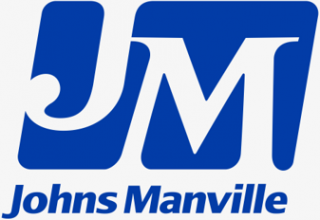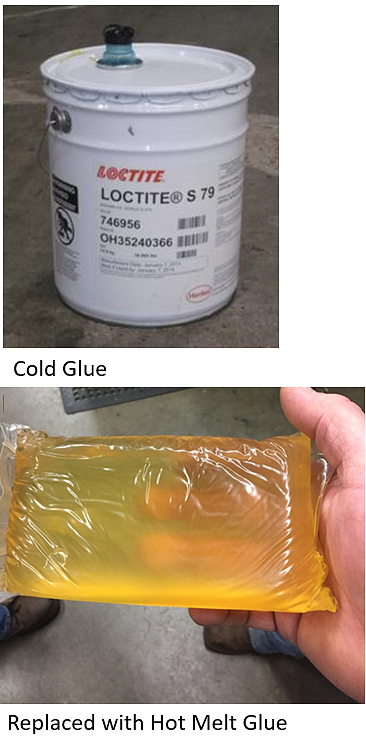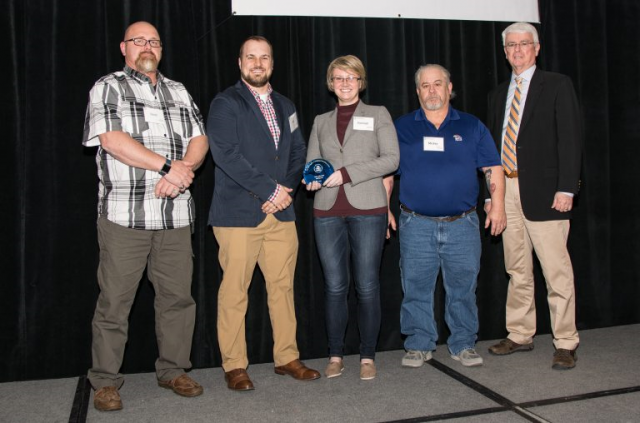Johns Manville Facility - 2018 P2 Awardee
McPherson, Kansas

JM McPherson received ISO 14001 certification in 2016 for the implementation of an Environmental Management System and the establishment of a team for environmental management. Employees are engaged in the environmental team (EHSR Team), which determines improvement projects for the plant’s environmental performance. The EHSR Team contains members to represent every aspect of the facility’s functional groups including, but not limited to, Production, Maintenance, Distribution, and Staff. This team drives initiatives to fulfill the Environmental Policy commitments.
JM McPherson also has established the JM Experience Team (JET). This team is open to all plant employees and coordinates many events and volunteer activities. Starting in 2017, JET participated in “Brush Up Mac.” This event coordinates assistance to residents of the McPherson area. JET members and volunteers from JM McPherson assist elderly or disabled citizens in property cleanup and upkeep to promote community beautification. Brush Up Mac has become an annual tradition.

Due to the cost of the glue application system, capital funding was approved from the JM Corporate office. Since it was a change to the production process, some trial and conversion time was used to ensure that the process was compatible with the packaging requirements. The changeover began in the fourth quarter of 2016 and continued through the third quarter of 2017. This eliminated approximately one ton per year of n-Hexane emissions, 1,960 pounds of hazardous waste, and saves $1,780 annually from the reduced hazardous waste production.
Additional benefits include decreased employee handling and exposure to the cold glue that contained high volatile organic compounds (VOCs). The cold glue also required container transferring that created spills and employee exposure risks. These risks ceased to exist when replaced with the hot-melt glue.
The emissions and hazardous waste reductions yielded by this P2 project support the JM Corporate initiatives for sustainability and waste reduction. The reductions also fulfill the Environmental Policy commitment to prevent pollution and continually improve environmental performance.
This project demonstrates that pollution prevention can drive improved process performance along with environmental performance. Very often, environmental responsibility is seen as costing money and resources with little or no return on investment. This project was initiated as a production cost-saving with realized environmental performance benefits. Pollution prevention does not have to be a cost addition; it can be seen as an efficiency improvement and a cost savings opportunity. This project demonstrates that fact with a total annual savings of $15,099, not including the cost savings from hazardous waste disposal and the benefits from environmental pollution prevention.

